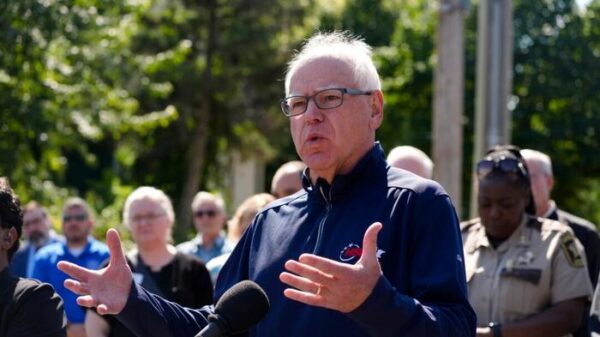According to a recent study, individuals who incorporated regular exercise into their monthly routines before reaching the age of 50 now exhibit brains that appear significantly younger at 70. This finding emerges from the Insight 46 project, which has tracked nearly 500 members of Britain’s 1946 birth cohort for almost eight decades.
Dr. Sarah-Naomi James from University College London’s Dementia Research Centre led the study, emphasizing its significance: “Staying active throughout your life, especially before turning 50, can help keep your brain healthy and delay early signs of Alzheimer’s.”
Brain Activity and Exercise
The researchers examined how frequently each participant engaged in leisure-time activities between the ages of 36 and 69. Surprisingly, even just one session a month was sufficient to classify someone as “active.” This minimal commitment was linked to larger volumes in the hippocampus, the brain’s primary memory center.
The study also compared cognitive test scores with early Alzheimer’s markers, such as amyloid build-up. Participants who maintained an active lifestyle scored higher, even when these markers were present, suggesting that exercise enhances mental resilience rather than eliminating the pathology.
Older adults typically lose about one to two percent of hippocampal volume annually. Aerobic training can add roughly two percent back, effectively buying an extra year or two of neurological youth.
Animal studies have connected this gain to increased blood flow, new neuron growth, and surges of brain-derived neurotrophic factor, a protein that primes synapses for learning. Human scans reflect this trend, with fitter seniors displaying denser hippocampal tissue and sharper spatial memory.
Exercise and Hidden Alzheimer’s
The Insight 46 scans did not establish a direct correlation between physical activity and the amount of amyloid present in the brain’s cortex. This aligns with other population studies where exercise mitigated the cognitive impact of amyloid without necessarily reducing the plaques themselves.
Researchers propose that exercise may elevate the threshold at which damage manifests as symptoms, a concept known as cognitive reserve. This reserve functions as a backup network, allowing healthy circuits to compensate when disease strikes.
Following Participants for 70 Years
The Insight 46 study is part of the world’s longest-running birth cohort, the 1946 British National Survey of Health and Development. Participants have undergone regular assessments since childhood, providing researchers with a rare, detailed view of their lifelong health, lifestyle, and socioeconomic background.
At age 70, 502 individuals underwent memory testing, PET scans to detect amyloid, and MRI scans to assess brain volume and hippocampal size. This combination of decades-long physical activity records and brain imaging enabled researchers to link early-life exercise habits with structural and functional brain markers nearly 40 years later.
Women Show Bigger Benefits
Women in the study experienced the most significant benefits. Inactive women with amyloid deposits demonstrated greater memory loss than inactive men, yet even a modest exercise routine closed much of that gap. Hormonal changes post-menopause and a higher baseline Alzheimer’s risk may make female brains more sensitive to lifestyle changes, thereby amplifying the benefits of physical activity.
Exercise joins education, mentally demanding work, and social connections as major reserve builders. Each factor strengthens neural networks in different ways, so combining them multiplies protection over decades.
“Nearly half of dementia cases can be prevented or delayed by addressing health and lifestyle risk factors,” notes researcher David Thomas of Alzheimer’s Research UK.
A separate 2020 report estimated that up to 40% of dementia cases could be delayed or avoided by tackling modifiable risks, with physical inactivity ranking high on the list.
Exercise for Your Brain Before 50
Contrary to popular belief, you don’t need to be a marathon runner to reap cognitive benefits. The study’s threshold of one leisure session per month suggests that consistency is more crucial than intensity for long-term rewards. While starting after 50 still offers benefits, those who began earlier had the largest hippocampi at 70, indicating that early habits leave a lasting structural imprint.
Public health guidelines recommend at least 150 minutes of moderate activity each week, but any additional movement counts. Regular walks, cycling for errands, or weekend dance classes all meet the criteria and typically require no special equipment.
“It’s great to run with people because you keep each other accountable and stay connected,” said Graham Kent, a 74-year-old participant, while caring for his wife who lives with Alzheimer’s. Engaging friends or pets can double as social enrichment, another pillar of cognitive reserve.
The message is clear: move early, move often, and keep moving. While a future cure for Alzheimer’s would be welcome, personal prevention starts with the next stroll. The study is published in Brain Communications.
—
Like what you read? Subscribe to our newsletter for engaging articles, exclusive content, and the latest updates. Check us out on EarthSnap, a free app brought to you by Eric Ralls and Earth.com.







































































